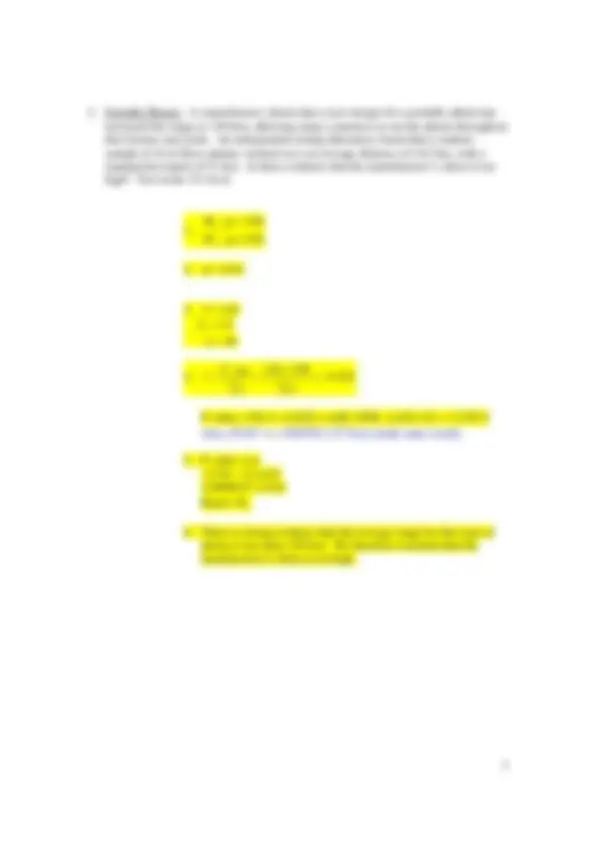



Study with the several resources on Docsity

Earn points by helping other students or get them with a premium plan


Prepare for your exams
Study with the several resources on Docsity

Earn points to download
Earn points by helping other students or get them with a premium plan
Community
Ask the community for help and clear up your study doubts
Discover the best universities in your country according to Docsity users
Free resources
Download our free guides on studying techniques, anxiety management strategies, and thesis advice from Docsity tutors
Material Type: Exam; Professor: Murphy; Class: Statistical Methods; Subject: STA: Statistics; University: Valencia Community College; Term: Unknown 1989;
Typology: Exams
1 / 3

This page cannot be seen from the preview
Don't miss anything!


One sample means with unknown sigma
a. Display the data with a histogram and boxplot. Describe the distribution.
Although the histogram is unimodal, it shows strong skewness to the right with a couple of outliers at the high end. Boxplot reveals three outliers at the high end.
b. The distribution of sales is strongly right-skewed because there are many smaller stores and a few very large stores. The use of t procedures here is reasonably safe despite this violation of the normality assumption. Why?
Histogram is unimodal which is desirable. Despite strong skewness (according to the histogram) and several outliers (according to the boxplot), t-procedures may be used here because
c. Conduct a test at the 5% level to determine if the mean number of can openers sold last month from all stores in the Midwest sales region is not 19 can openers.
μ
μ H a
n
Sx
x t
μ
P-value = 2*0.0065 (^) ≈ 0.013 remember two-tailed! Also, STAT →→ TESTS 2 (T-Test) yields same results.
d. Give a 95% confidence interval for the mean number of can openers sold by all stores in the region. Interpret the interval. Do 1-VAR-STATS to get x = 23. 56 and S (^) x ≈ 12. 523. Choose t* from the table in your textbook (the t* table is usually located in the Appendix in the back of the book). The sample size is 50 so it follows that the degrees of freedom df = 49. However, df as 49 does not appear on the table. When this happens it is safer to round down with degrees of freedom on a table, so choose df = 45. Therefore t* = 2.014. This gives us a confidence interval of
Using STAT →→ TESTS 8 (TInterval) on the calculator reveals a more accurate confidence of (20.001 , 27.119)
We are 95% confident that the mean number of can openers sold last month from all stores in the Midwest sales region is between 20.001 and 27.119 can openers.